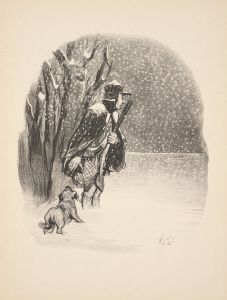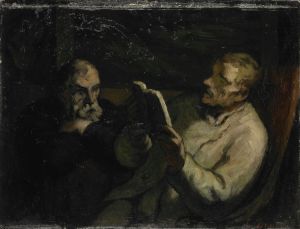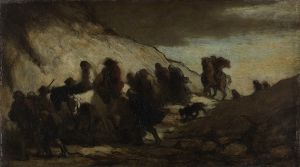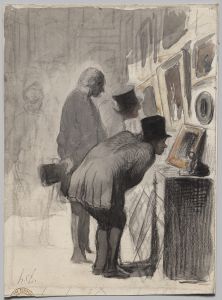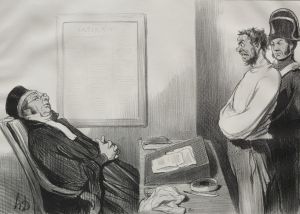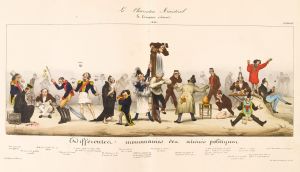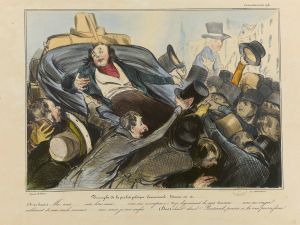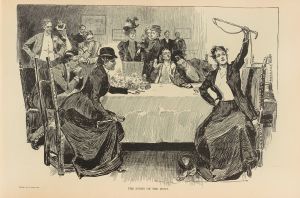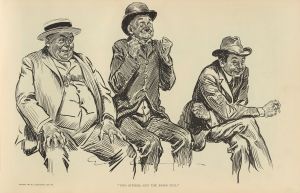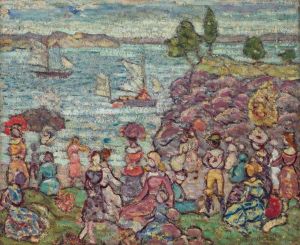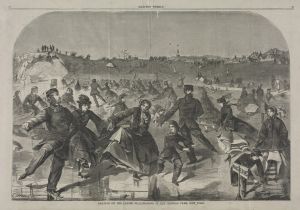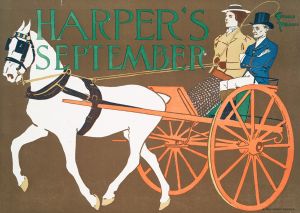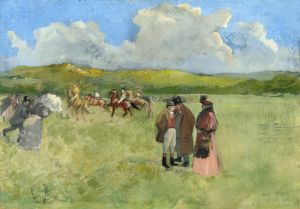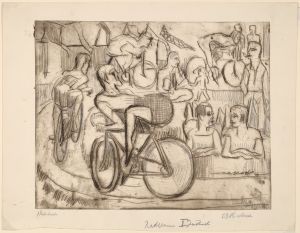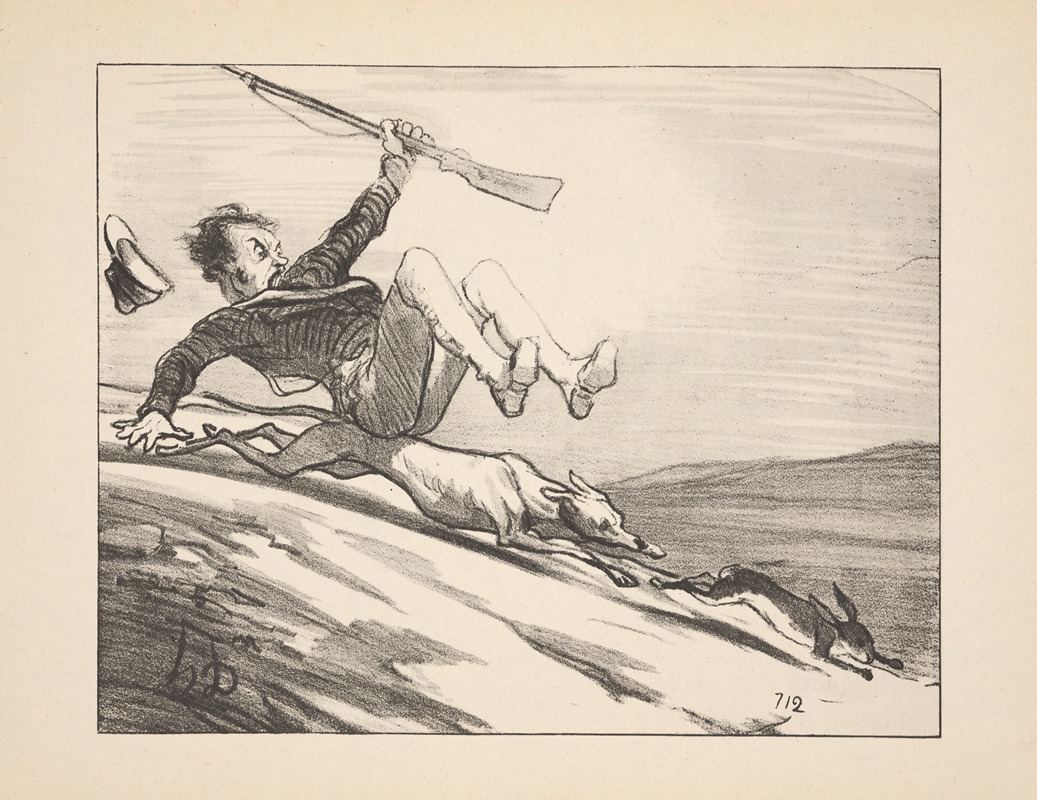
Hunting and fishing Pl.12
A hand-painted replica of Honoré Daumier’s masterpiece Hunting and fishing Pl.12, meticulously crafted by professional artists to capture the true essence of the original. Each piece is created with museum-quality canvas and rare mineral pigments, carefully painted by experienced artists with delicate brushstrokes and rich, layered colors to perfectly recreate the texture of the original artwork. Unlike machine-printed reproductions, this hand-painted version brings the painting to life, infused with the artist’s emotions and skill in every stroke. Whether for personal collection or home decoration, it instantly elevates the artistic atmosphere of any space.
Honoré Daumier, a prominent French printmaker, caricaturist, painter, and sculptor, is well-known for his insightful and often satirical depictions of 19th-century French society. Among his extensive body of work, "Hunting and Fishing Pl.12" is one of the pieces that exemplifies his keen eye for social commentary and his mastery in the art of lithography.
Daumier was born in 1808 in Marseille, France, and moved to Paris with his family in 1816. He began his artistic career as a lithographer, a medium that allowed him to produce a large number of prints that could be widely distributed. This was particularly effective for his satirical works, which often critiqued the political and social issues of his time. Daumier's work was published in various newspapers and journals, making him a significant figure in the world of caricature and political satire.
"Hunting and Fishing Pl.12" is part of a series that Daumier created, focusing on the leisure activities of the bourgeoisie and the aristocracy. This series is notable for its humorous yet critical portrayal of the upper classes, often highlighting their absurdities and excesses. Daumier's ability to capture the essence of his subjects with just a few strokes is evident in this work, where he uses exaggerated features and expressions to convey his message.
The piece reflects Daumier's interest in the social dynamics of his time, particularly the relationship between different social classes. Hunting and fishing, traditionally seen as aristocratic pastimes, are depicted in a way that underscores the disconnect between the leisure activities of the wealthy and the realities of everyday life for the common people. Daumier's work often served as a mirror to society, reflecting its flaws and prompting viewers to question the status quo.
Daumier's technique in "Hunting and Fishing Pl.12" showcases his skill in lithography, a printmaking process that involves drawing on a flat stone or metal plate with a greasy substance. This method allowed Daumier to produce detailed and expressive images that could be easily reproduced and distributed. His use of light and shadow, along with his ability to capture movement and emotion, are evident in this piece, demonstrating why he is considered a master of the medium.
Throughout his career, Daumier faced challenges due to the political nature of his work. He was imprisoned for a short time in 1832 for his caricatures of King Louis-Philippe, and his work was often subject to censorship. Despite these obstacles, Daumier continued to produce art that challenged authority and provoked thought, earning him a lasting legacy as one of the most important social commentators of his time.
In summary, "Hunting and Fishing Pl.12" by Honoré Daumier is a significant work that exemplifies the artist's ability to blend humor with social critique. Through his masterful use of lithography, Daumier captures the essence of 19th-century French society, offering a glimpse into the leisure activities of the upper classes while subtly critiquing their detachment from the realities faced by the broader population. His work remains a testament to the power of art as a tool for social commentary and change.





